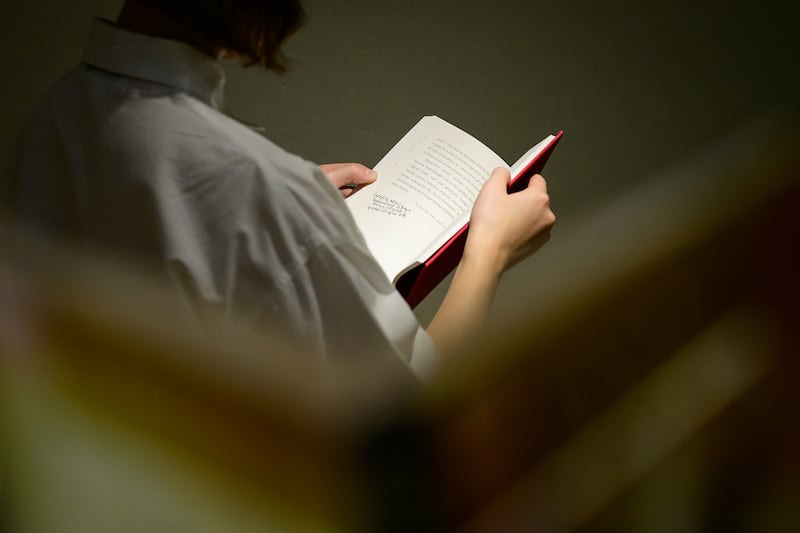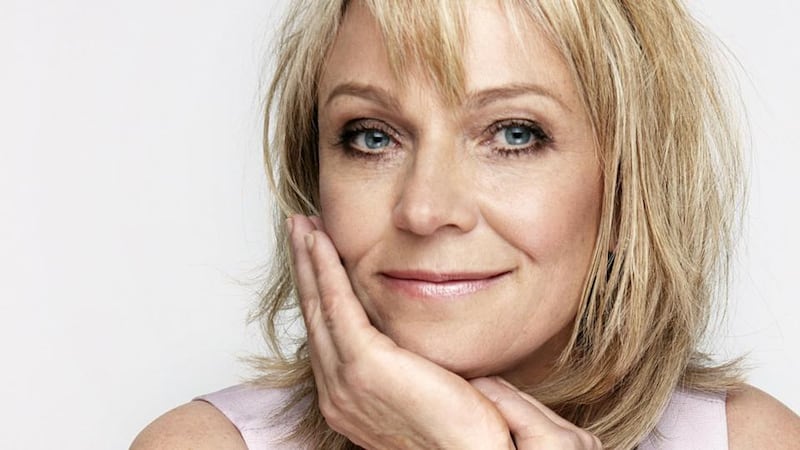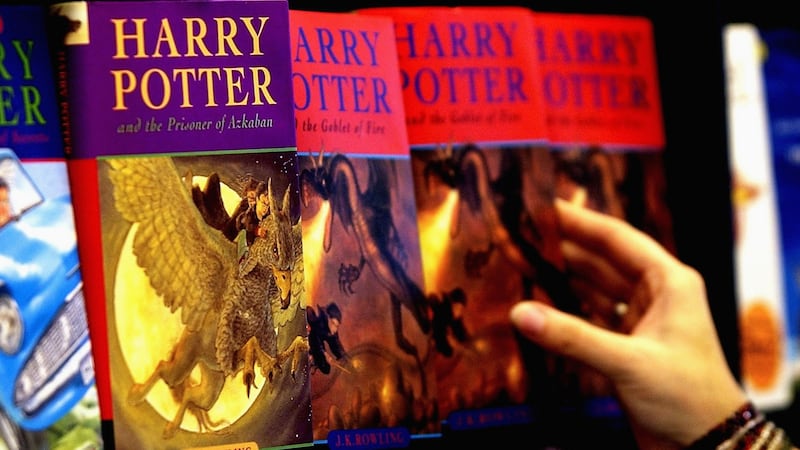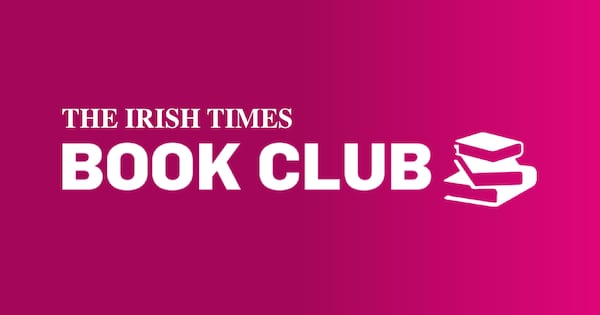As the 20th century drew to a close, things were looking up for women’s writing. It had increased in visibility and recognition due in no small part to the establishment of the Orange Prize (now the Women’s Prize) for Fiction in 1996 in response to the year no women appeared on the Booker Prize shortlist (1991).
Reactions to this attempt to redress a historic gender imbalance in women’s representation in the literary canon were predictable: is it lesser? Is it fair? Is it needed? And more recently, when the Booker statistics improved: is it still needed? And the answer, unfortunately, is still yes.
The slippage is always there. Take, for example, the much-vaunted “history-making” women-dominated Booker shortlist of 2024. Viewed next to the previous year, when there were more men named Paul on the shortlist than there were women, it smacked of covering up a crime scene. As for the Nobel Prize in Literature, we’ll all be long dead before women make up 50 per cent of awardees; they currently hold 15 per cent of awards and one of those was a shared prize.
The Women’s Prize was not roundly welcomed by women writers, who understandably worried that a separate category could diminish women’s fiction, that it might be seen as a sort of consolation prize for those who couldn’t make it in the big league. AS Byatt, for one, called it sexist and refused to have her work entered for it. She did, however, accept the indisputably sexist Booker Prize in 1990.
READ MORE
In the second half of the 1990s, Edna O’Brien, who we sadly lost last July, continued to take risks, restlessly exploring form and content. The 1990s was the beginning of her outward-looking, “state of the nation” novels. Down by the River (1996) and Wild Decembers (1999) followed the superb House of Splendid Isolation (1994), for which she was eviscerated for her sympathetic portrayal of an IRA gunman.
[ Edna O’Brien obituary: flamboyant, fearless, and outspoken Irish writerOpens in new window ]
A fourth, In the Forest (2002), a retelling of the true story of the murder of a mother, child and priest, also drew the ire of critics. In an Irish Times piece entitled “A fiction too far”, Fintan O’Toole wrote that in this novel, O’Brien had broken “an unspoken rule and crossed the boundary into private grief”, and questioned her right to tell the story. O’Brien’s spirited response was that “it would have been all right if it was a man who’d written that novel”. I don’t believe O’Toole is a misogynist, but I would respectfully suggest it is not the role of the critic to dictate what a novelist should or should not write about, whatever their gender.
Experiment was afoot in the theatre, too. In 1996, playwright V (formerly Eve Ensler) created The Vagina Monologues to celebrate and break the taboos around the titular organ, starting with the word itself. Consisting of a series of monologues about – you’ve guessed it – vaginas, the play explore topics such as sex, body image, reproductive rights, periods, pubic hair, sex work, assault and harassment.
It appeared in book form two years later, by which time it had become an off-Broadway hit which went on to tour worldwide. This spawned V-Day, a movement to bring about an end to gender-based violence, prompting theatre critic Charles Isherwood in 2006 to describe the play as “probably the most important piece of political theatre of the last decade”.

The Vagina Monologues made it to Dublin in the 2000s, featuring luminaries such as Nell McCafferty and Mary Coughlan, but a play written and performed by women (albeit directed by a man) was far from the norm in Irish theatre. Thanks to the 2015-16 Waking the Feminists movement and subsequent gender analysis, we know irrefutably that women have long been underrepresented in Irish theatre, and the 1990s was no exception, which makes all the more remarkable the achievement of the women who managed to make their voices heard.
Playwright, director and screenwriter Ursula Rani Sarma began her stellar career with the plays Like Sugar on Skin (1999) and Touched (1999), both of which she wrote and directed. Marina Carr followed the success of The Mai with the brilliant Portia Coughlan (1996), which was included in The Irish Times/Royal Irish Academy Modern Ireland in 100 Artworks (2016), and By the Bog of Cats (1998).

The mid- to late-1990s was the heyday of the disparagingly dubbed “chick-lit” genre, the name given to light, often humorous, fiction written by and about women on topics such as relationships and workplace dramas. For context, this was the era of “ladette” culture, a media construct given to women who posed a challenge to gender stereotyping, who apparently needed a box to be put in.
Bridget Jones’s Diary (1996) is often considered the original of the genre. A retelling of Pride and Prejudice, the novel grew out of Helen Fielding’s weekly newspaper column of the same name. It has sold more than two million copies, topped The Sunday Times’s 100 bestselling books of the past 50 years and, like the movie featuring Renée Zellweger and Colin Firth, it is never not funny.
On this side of the water, Marian Keyes published the equally funny Rachel’s Holiday (1997), the follow-up to her debut, Watermelon, bringing addiction and humour together with a distinctly Irish flavour, in her signature light-touch, laugh-aloud treatment of dark, often feminist themes. I enjoyed these books hugely as a reader, but as a would-be writer, the chick-lit label created a dilemma, because it suggested, with its sparkly pink covers featuring stilettos and handbags, that this was writing that ought not to be taken seriously.
[ Marian Keyes: ‘There’s an awful lot of riding in my book’Opens in new window ]
In the 1990s, vaguely aware that this would form my apprenticeship, I was reading all the fiction I could get my hands on (and not a lot of non-fiction or poetry). A few other notable titles would be The God of Small Things by Arundhati Roy (1997); The Poisonwood Bible by Barbara Kingsolver (1998); and Larry’s Party by Carol Shields (1998). Closer to home, Éilis Ní Dhuibhne’s The Dancers Dancing (1999) was shortlisted for the new Orange Prize, and in 1996, Lia Mills published Another Alice, her first novel, which was nominated for The Irish Times Irish Fiction prize. In time, both of these writers would inspire and support me when I finally began writing, which is why it was such an honour to write the foreword for the re-release of Another Alice in 2022.

Arguably the biggest fiction event of the 1990s happened in 1997 with the publication of JK Rowling’s Harry Potter and the Philosopher’s Stone. My first child, born the same year, grew up on the books about the titular wizard, as did his siblings, first listening to me read them aloud, then reading and rereading themselves. I’m not known for my patience, as my children will probably attest in my eulogy, but I did not mind reading the same books to different children for 10 years.
On the contrary, it was an excuse to escape into fantasy, and the closest I’d come to my own childhood drug, The Magic Faraway Tree by Enid Blyton. I might not agree with Rowling’s controversial views, but it would be remiss not to include here her massive contribution to children’s literature of this era.
Reading list
- The Vagina Monologues by V / Eve Ensler (1998) – In which women talk about what no one was talking about, frankly.
- Down by the River by Edna O’Brien (1996) – A fictionalisation of the infamous “X” case tackling dark themes of incest and abortion, church and State.
- Portia Coughlan by Marina Carr (1996) – Also dark, but what is art for if not to reflect society back to itself, and Ireland was a dark place. Carr has said that she believes plays are primarily texts, and should be read and treated as such, and it is a pleasure to return to this one.
- Bridget Jones’s Diary by Helen Fielding (1996) – Big knickers versus really tiny knickers, numbers of calories in, cigarettes smoked, alcoholic units consumed, and inappropriate men shagged. Funny, and heart-warming, my go-to, feel-good book (and movie).
- Harry Potter and the Philosopher’s Stone by JK Rowling (1997) – Immerse yourself in the world of wizardry, learn the rules of quidditch, tremble at the mention of Lord Voldemort, he who shall not be named. Oh…














